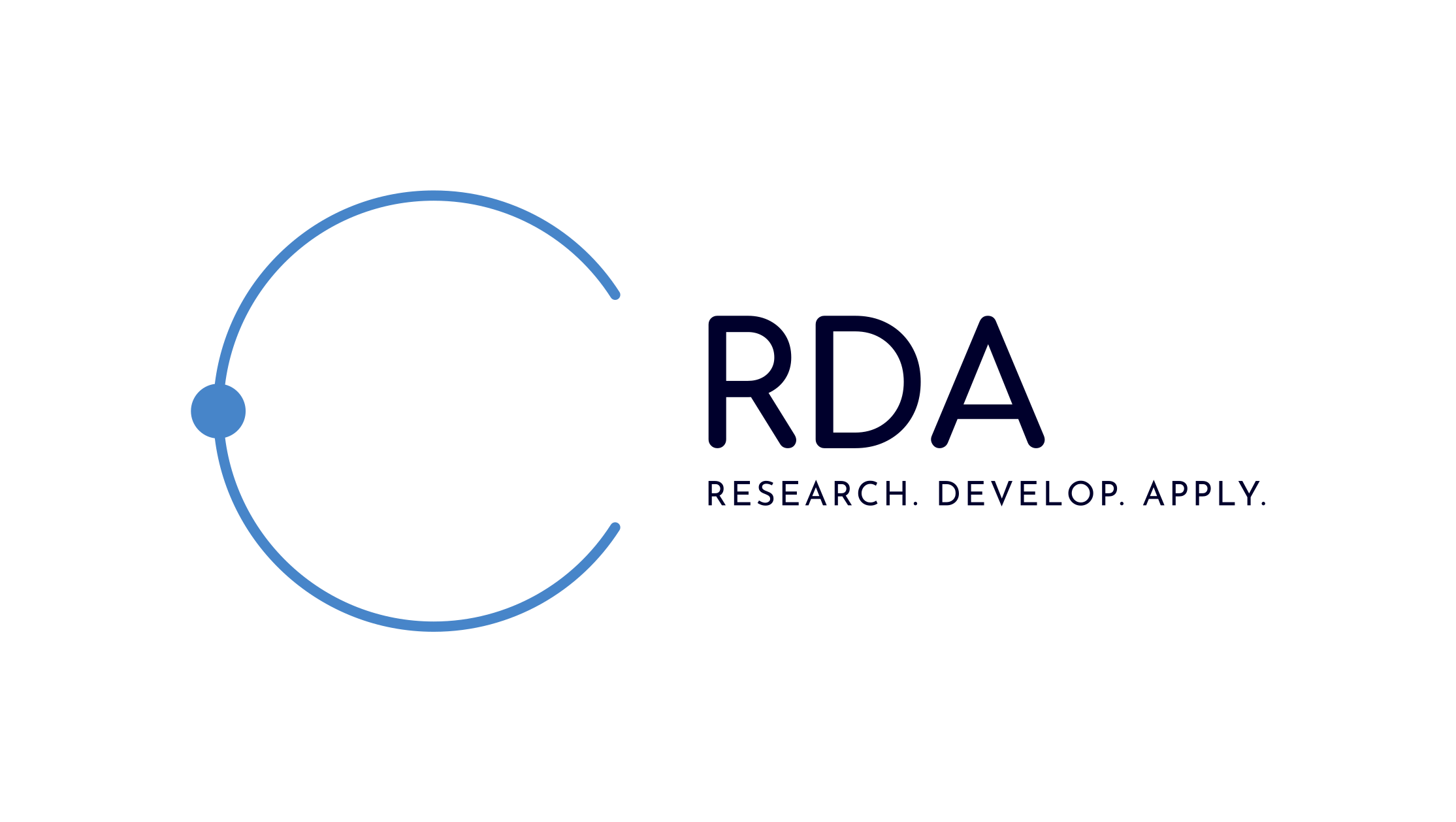
After research uncovers insight and development proves feasibility, this is where we drive ventures to scale. The Application phase is our vehicle for capitalization, strategic growth, and climate infrastructure deployment.
Embark
Founding & Capital Structuring
We evolve validated prototypes into formal ventures—designing ownership models, venture term sheets, and funding pathways that include founder equity, blended capital, and public-private funding.Mecca Capital Investment & Venture Support
Our in-house capital structure supports early-stage spinouts, funding R&D, pilot rollout, and initial market traction with expertise from engineering, compliance, and operations teams.Strategic Partnerships & Ecosystem Integration
We embed ventures into partner networks—collaborating with public agencies, operators, and infrastructure stakeholders to accelerate deployment and real-world adoption.Iterative Market Launch & Scale Strategy
Ventures hit the ground with measurable pilots, stakeholder feedback loops, and strategic iterations—focused on real-world impact, compliance, and commercial fit.Operational Scale & Compliance Foundation
Through venture support in cybersecurity, regulatory navigation, and systems optimization, we ensure each venture scales securely and sustainably.
Explore the Journey
Want to see how ventures are spun out, funded, and scaled—from internal R&D to climate infrastructure entities? Let’s walk you through it.

